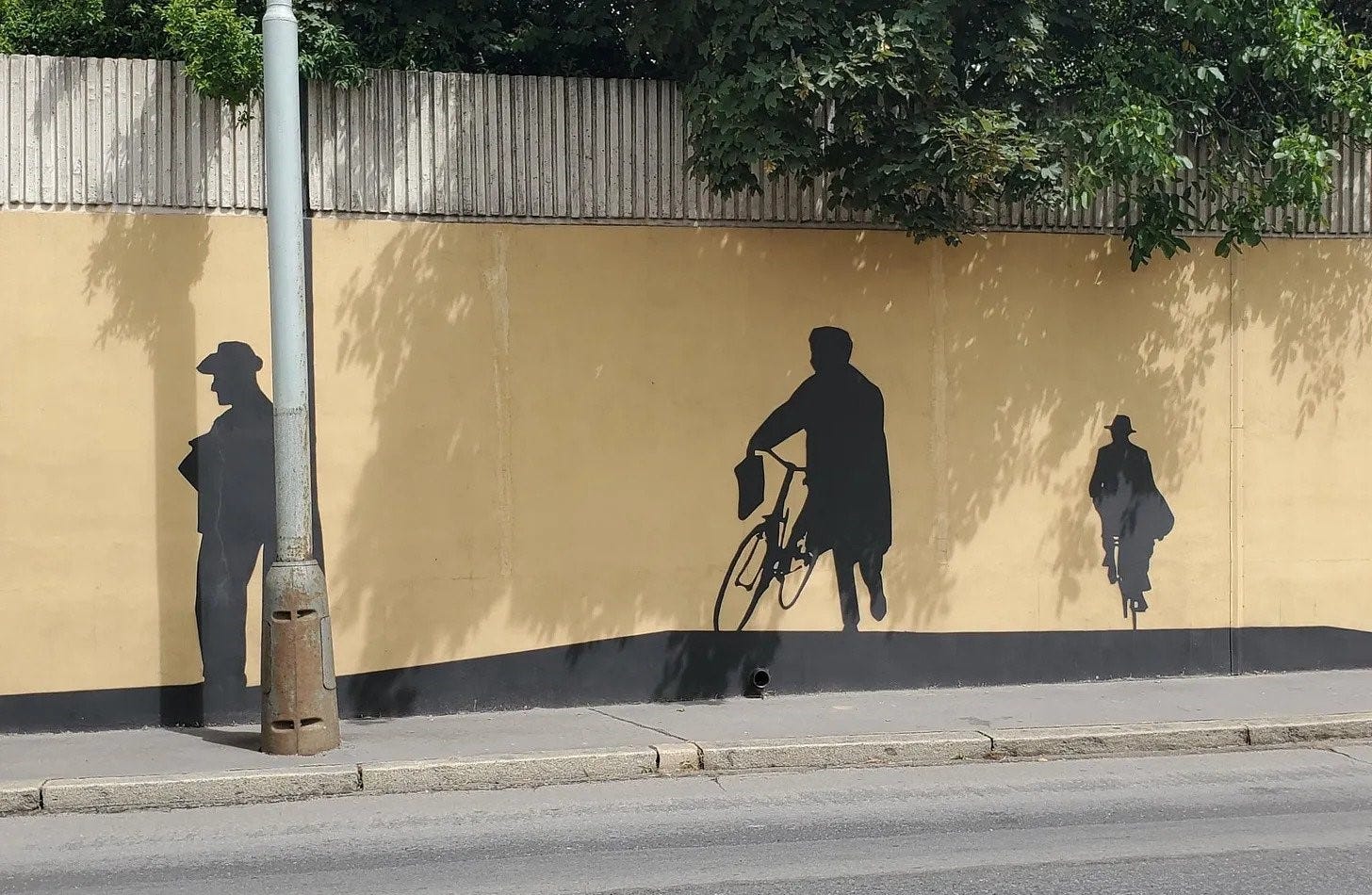Killing Hitler's Hangman: How Prague Remembers Operation Anthropoid Today
Snapshots of an assassination site
John Harris is an academic historian and a friend who recently visited Prague. He took some photos and videos of the site of Operation Anthropoid. Being an early American history specialist and not a military historian, he asked if I would like to use them for a FREE essay. Many thanks to Dr. Harris…




